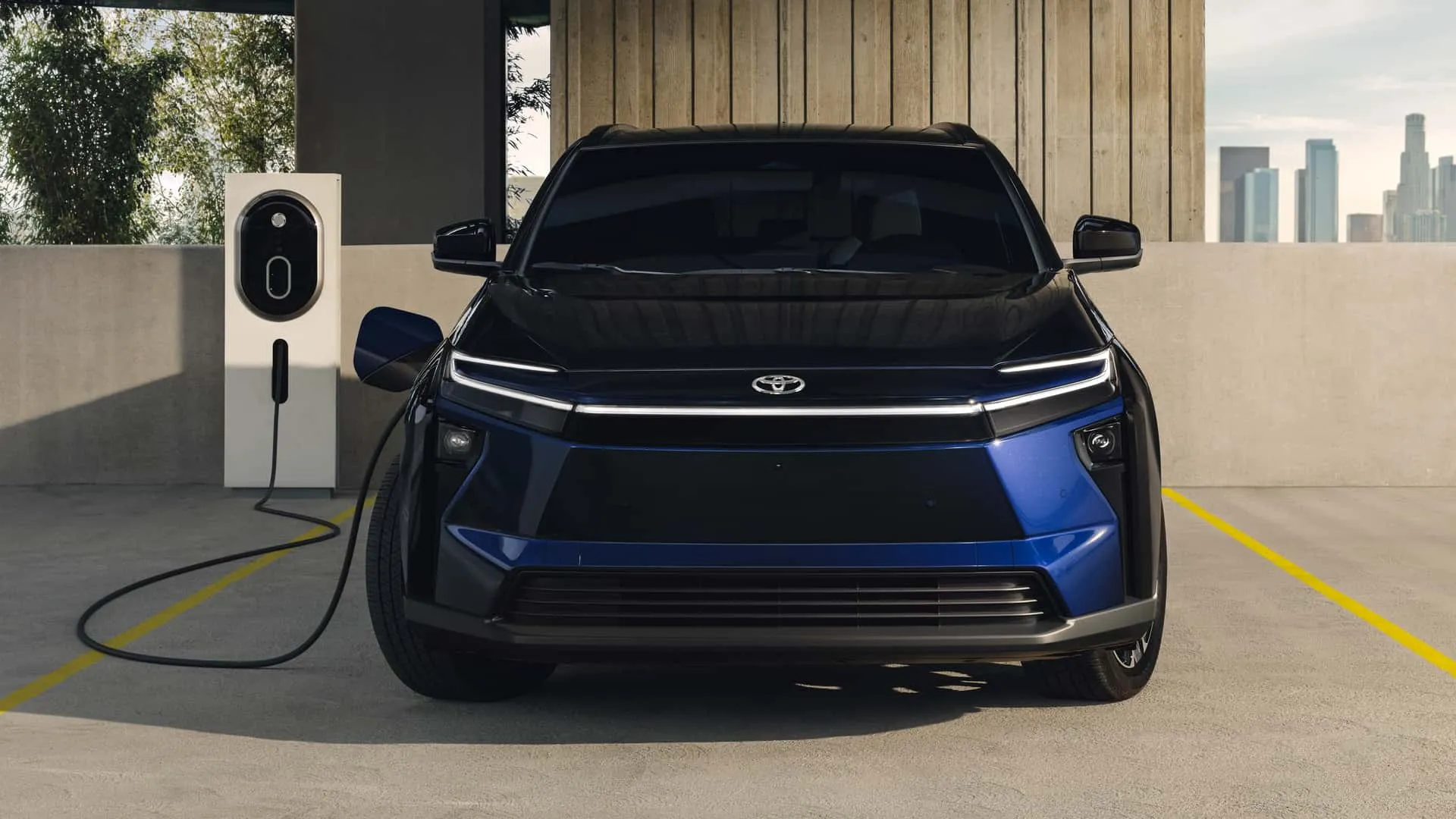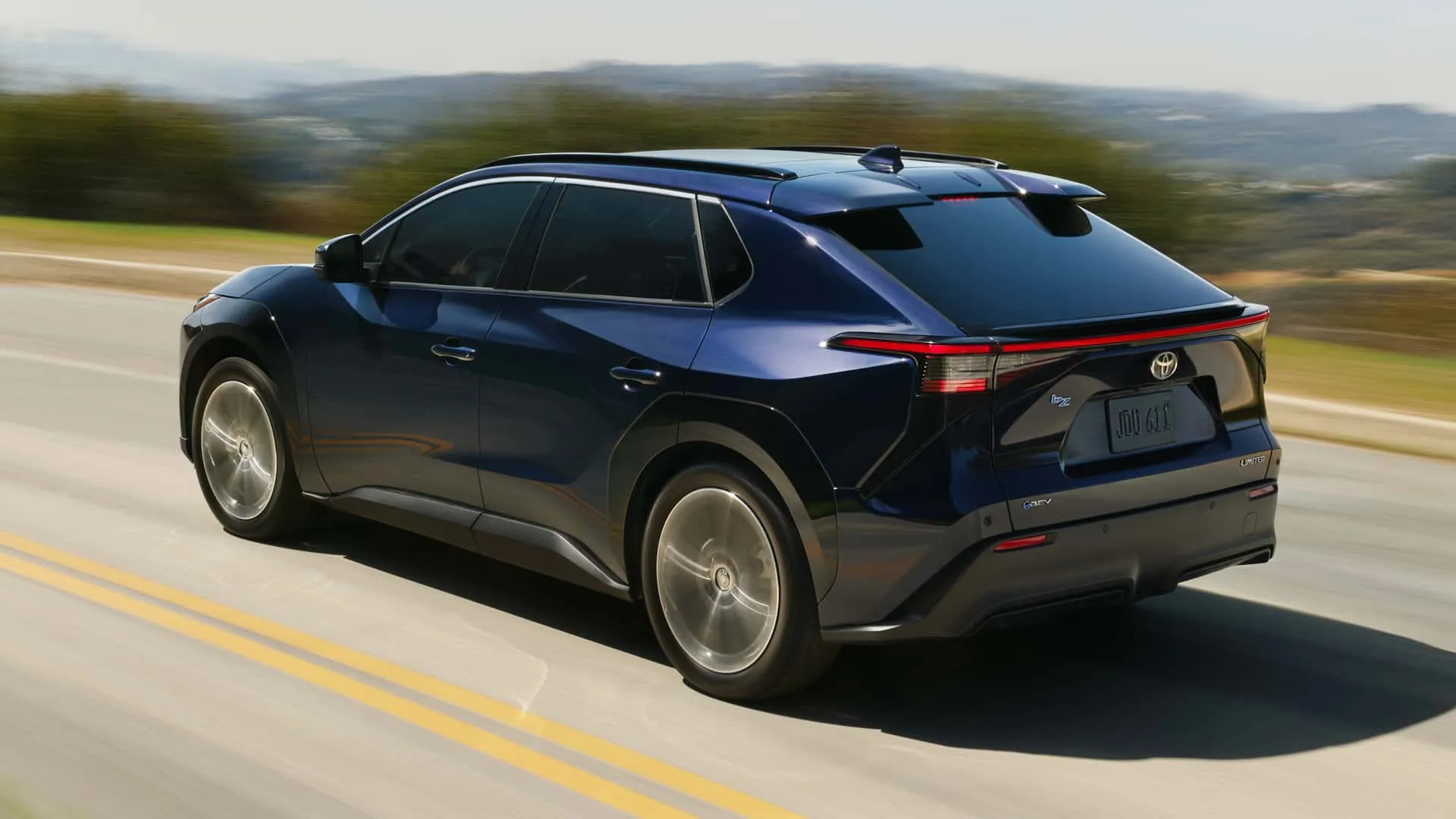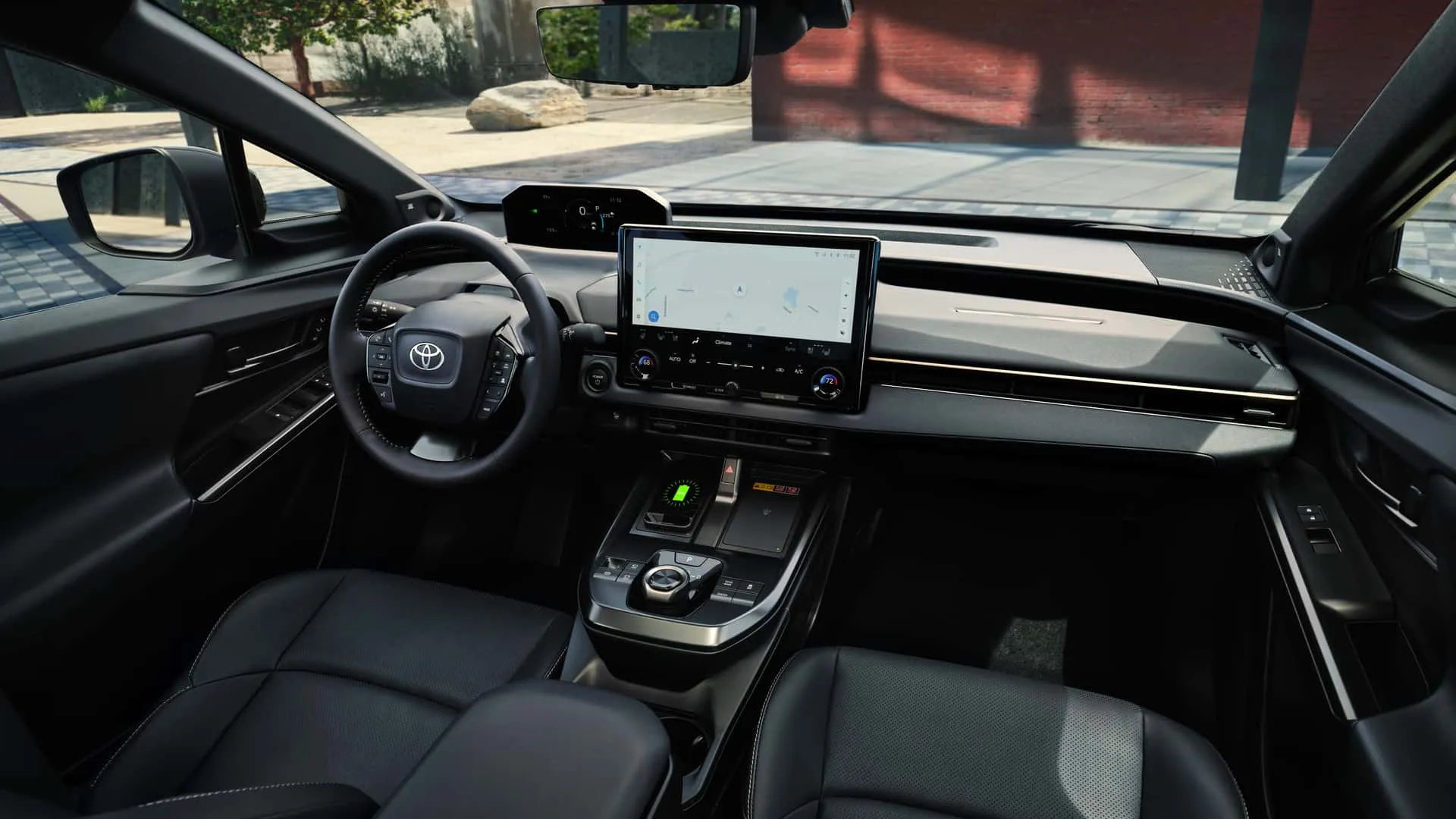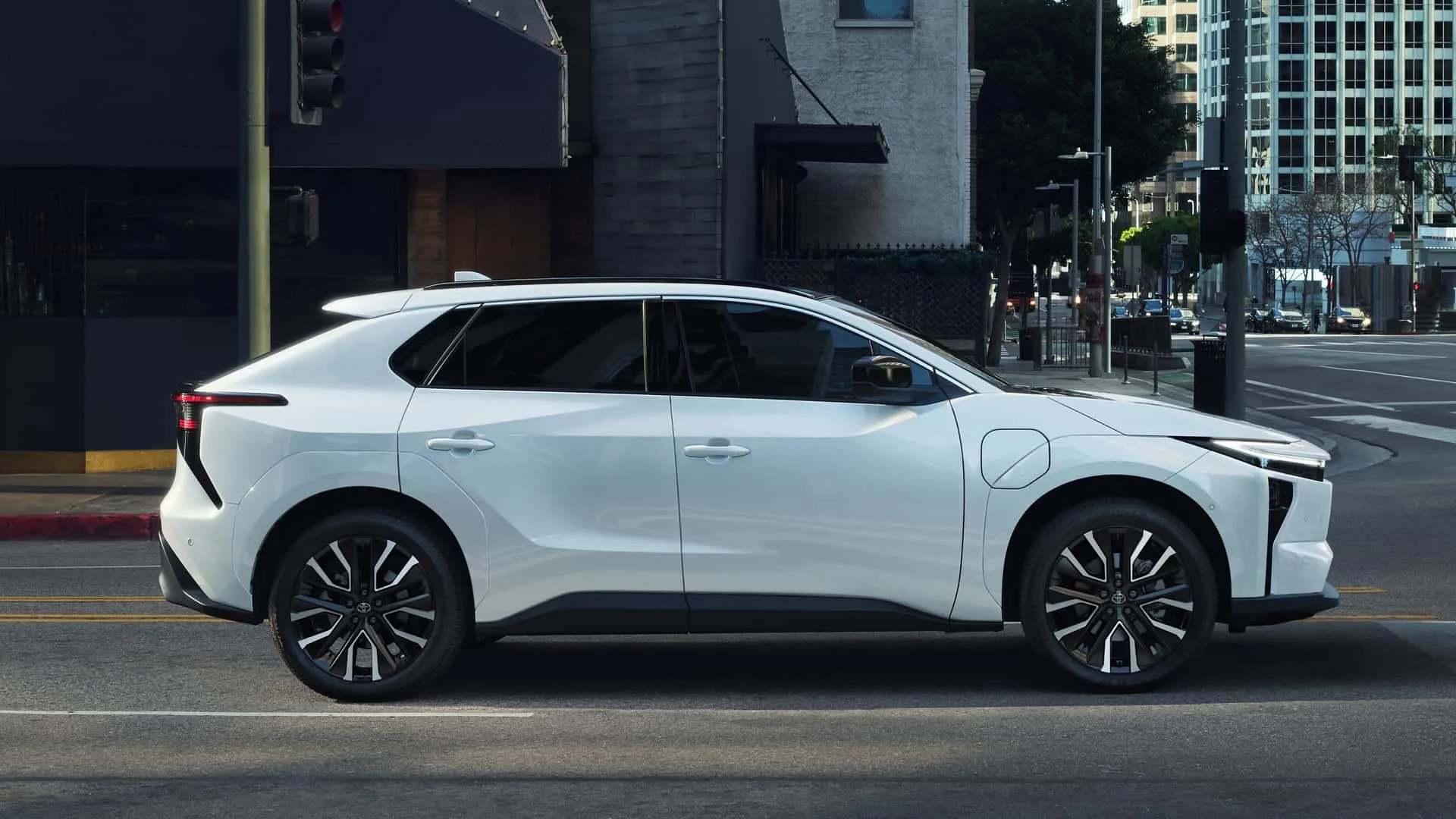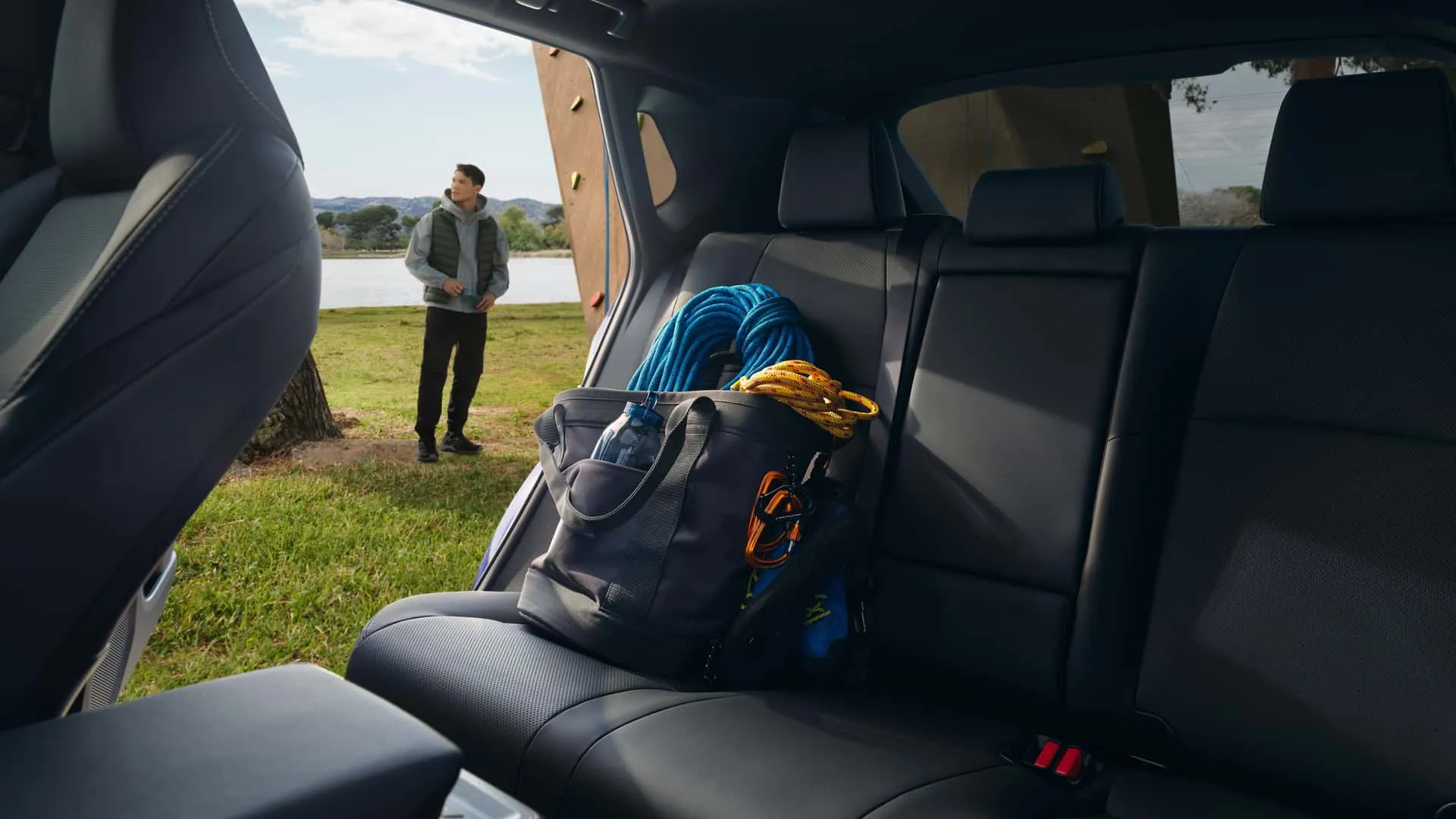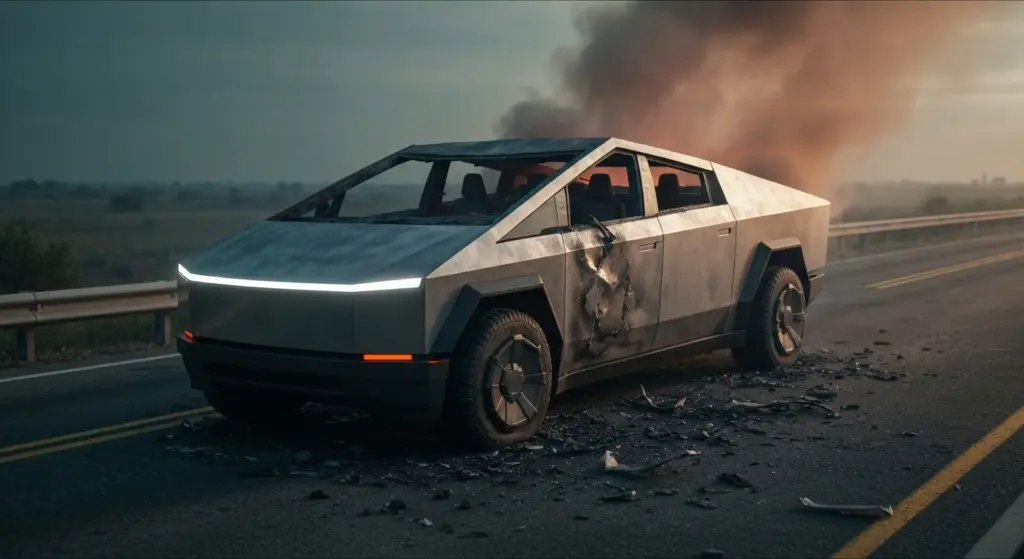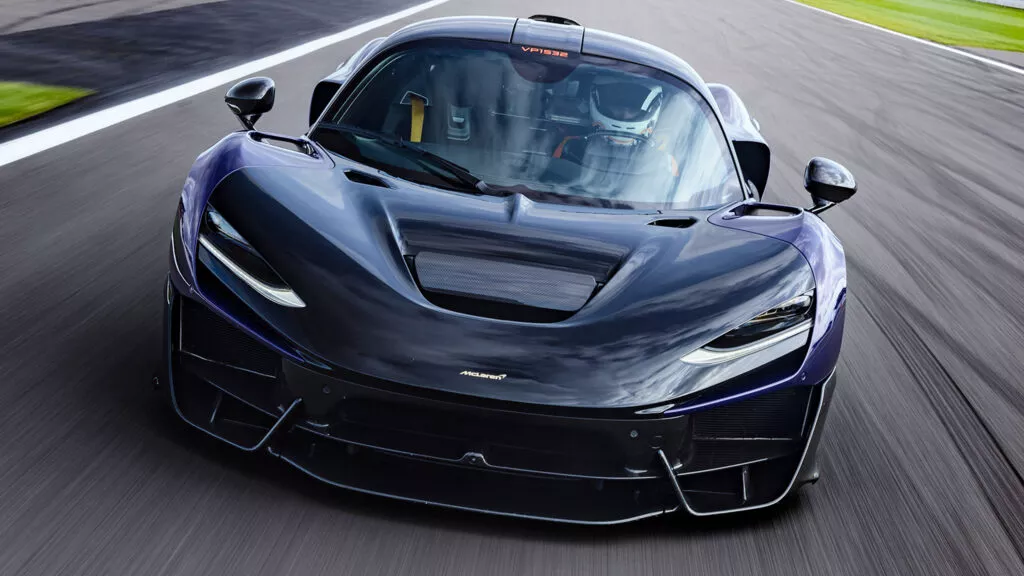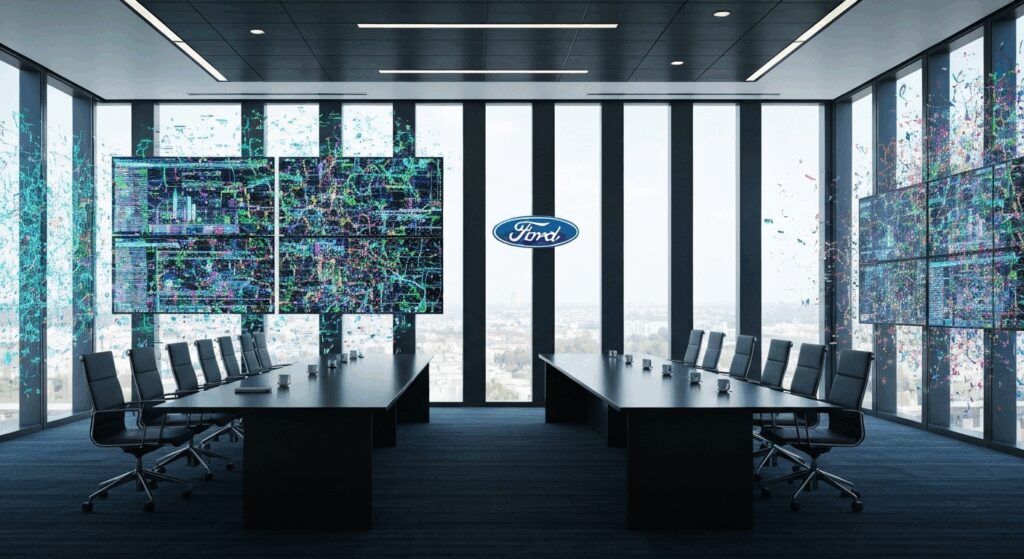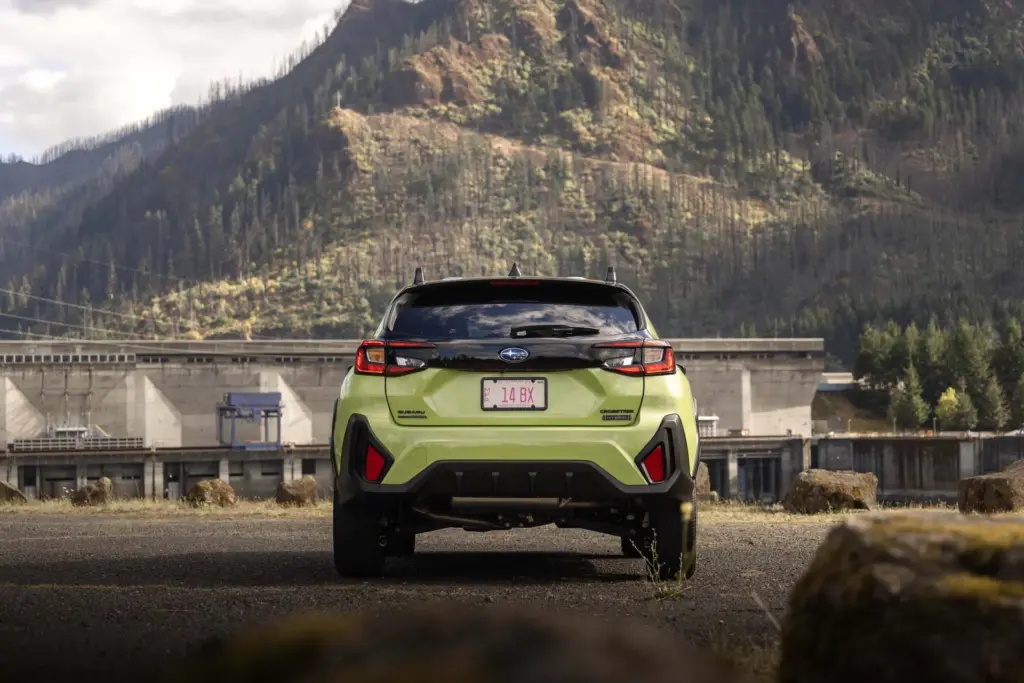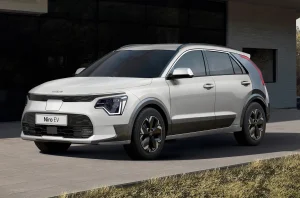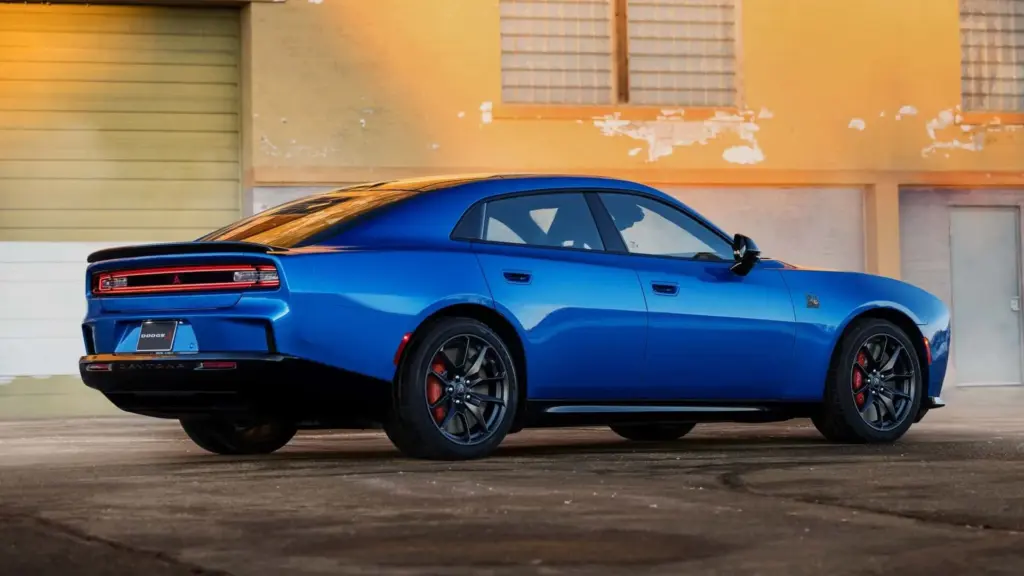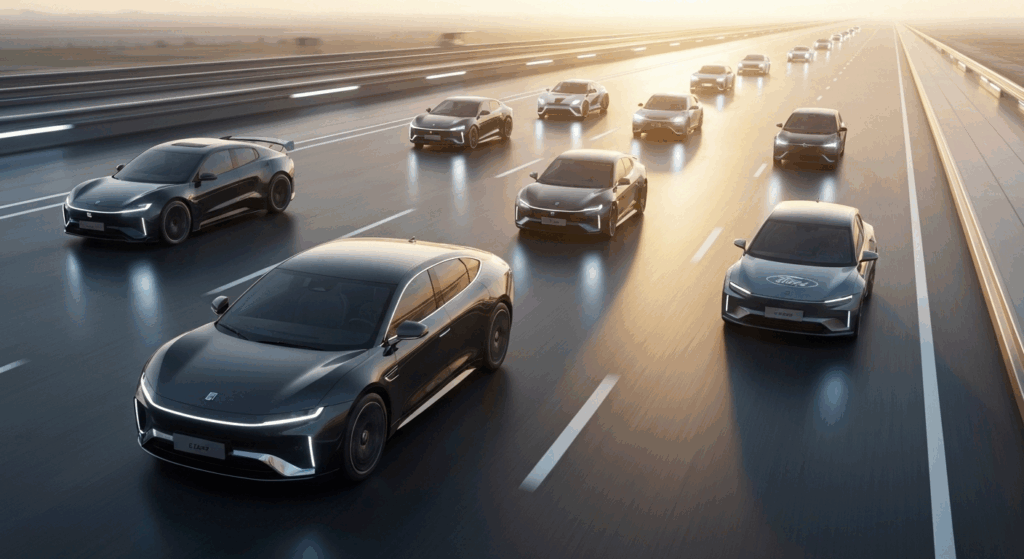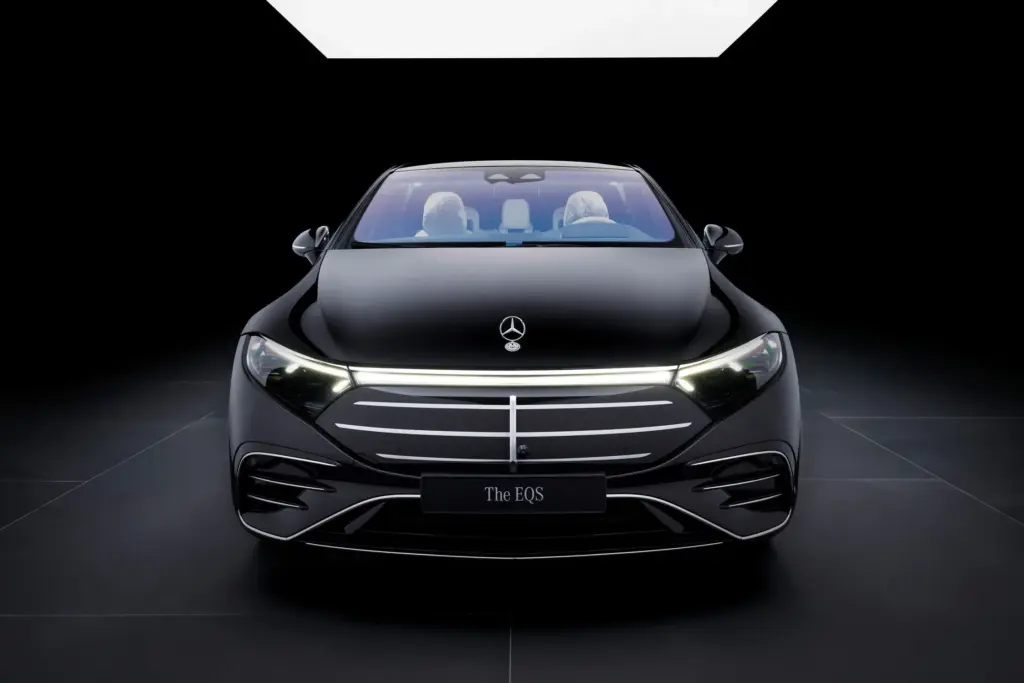Get ready, electrification enthusiasts! The Toyota bZ, formerly known as the bZ4X, arrives as the 2026 model completely revamped and ready to redefine what we expect from an electric SUV. I have thoroughly analyzed the information released by Toyota, mainly for the North American and European markets, and what I found is simply electrifying. This is not just a facelift; it’s a significant evolution that promises to give the competition a tough time.
What’s so special about the 2026 Toyota bZ?
The first big change that catches the eye is the name. In North America, Toyota simplified it to “bZ,” aiming for more clarity in its “beyond Zero” lineup. But the news goes far beyond the badge! I’m talking about a huge power boost, especially in the AWD versions, which can now deliver up to 343 hp (Europe) or 338 hp (US). That’s a considerable jump that will definitely stick you to your seat!
And the range? Oh, the range! Thanks to new battery options and optimizations, we can expect up to about 314 miles (505 km) on the EPA cycle for some FWD versions and an impressive 570 km on the European WLTP cycle. Charging has also become faster and more convenient, with the adoption of Tesla’s NACS standard in North America and AC charging options up to 11 kW (or 22 kW optional in Europe). This kind of improvement makes you think twice before ruling out an EV for long-distance trips, similar to what we see in models like the 2025 Hyundai Ioniq 5, which also impresses with fast charging.
What are the main improvements over the previous bZ4X?
If you knew the bZ4X, get ready for a completely new experience with the 2026 bZ. Performance is, without a doubt, one of the highlights. With the extra power, the AWD versions promise a 0-60 mph time under 5 seconds. This puts the bZ on a new level of sportiness for a family SUV. Efficiency and range, as I mentioned, also got a crucial upgrade, making it much more competitive.
Inside, the revolution continues. We have a redesigned dashboard, a reconfigured center console with physical buttons (yes, they heard the prayers!), and a new rotary gear selector. The star of the show is the new 14-inch touchscreen, which, along with Toyota Safety Sense 3.0 and advanced eAxles with silicon carbide (SiC) semiconductors, takes the tech experience to a new level. Toyota seems to be following a trend of more technological and refined interiors, something we also observe in other recent SUV launches, like the 2026 Corolla Cross Hybrid, which, although a hybrid, shows the brand’s focus on evolving its interiors.
How will availability and pricing of the 2026 Toyota bZ be?
Here things get a little more uncertain, as the launch will be progressive and exact specifications, including the name, may vary by region. In the United States and Canada, the “Toyota bZ” is expected to arrive in the second half of 2025. Prices haven’t been finalized yet, but estimates hover around $39,000 for the base XLE model and $44,000 for the Limited.
In Europe, where the name bZ4X might be retained for the updated model, arrival is expected by the end of 2025 or fall 2025, depending on the country. Current bZ4X prices in France start around €34,900 (promotional), while in Germany they start at €47,490. For Brazil, there is still no confirmed date or price for the 2026 Toyota bZ, and Toyota may have other EV priorities for our market. India expects a bZ4X launch (possibly the updated version) in December 2026, with estimated prices between ₹60 Lakh and ₹70 Lakh (roughly US$72,000 – US$84,000 as an illustrative conversion).
Which versions of the 2026 Toyota bZ will be available?
The exact configurations will depend on the market, but based on information from North America and Europe, we already have a good idea of what to expect. It’s an interesting strategy, offering multiple battery and drivetrain options to meet different needs and budgets, something we also see in direct competitors like the Hyundai Elexio, which is also expected to arrive with variations.
North America (Toyota bZ 2026)
- bZ XLE: FWD (standard or “Plus” battery) and AWD (larger battery).
- Power (estimated): 168 hp (standard FWD) to 338 hp (AWD).
- Range (EPA): Up to 314 miles (FWD Plus).
- Equipment: 18″ wheels, 14″ screen, TSS 3.0.
- bZ Limited: FWD and AWD (both with larger battery).
- Differentials: 20″ wheels, Multi-LED headlights, ventilated seats.
Europe (Updated Toyota bZ4X)
- Batteries: Options of ~57.7 kWh and ~73.1 kWh (gross).
- Power: 167 hp (FWD smaller battery) to 343 hp (AWD).
- Range (WLTP): Up to ~570 km.
- Features: Optional 22 kW charger, pre-conditioning.
What are the general technical specs of the 2026 Toyota bZ?
Although they vary by version and market, some general data gives us good perspective. The motors are AC synchronous electric motors, with single-speed automatic transmission (eAxle). Performance, as I’ve said, is exciting, especially in the more powerful AWD versions. Fast DC charging supports up to 150 kW, allowing a 10% to 80% charge in about 30 minutes – a respectable time, although some newer competitors are aiming for higher rates. For reference, the official page of the current bZ4X can provide a baseline for dimensions, which should remain unchanged.
The dimensions are typical for a midsize SUV: 184.6 inches (4,690 mm) long and 112.2 inches (2,850 mm) wheelbase. The trunk is generous, but unfortunately, there is no frunk (front trunk). Towing capacity has been increased, which is a plus. Safety is strengthened by Toyota Safety Sense 3.0, and connectivity is ensured with the 14-inch screen, wireless Apple CarPlay and Android Auto, and multiple USB-C ports. Battery durability is always a concern, but reports like that of the Hyundai Ioniq 5 that maintained 88% capacity after many miles give us hope in the technology.
How does the 2026 Toyota bZ compare to competitors?
The electric SUV segment is heating up, and the 2026 Toyota bZ (or updated bZ4X) won’t have an easy life. The competition is fierce, and each has its strengths. Toyota bets on its reputation for reliability, now combined with a much more attractive package in terms of performance and technology.
- Ford Mustang Mach-E:
- Mach-E advantages: More sporty (GT), has frunk, distinctive design.
- Mach-E disadvantages: Can be more expensive, Toyota’s reliability may weigh in.
- bZ vs. Mach-E: bZ aims for balance, Mach-E focuses on sportiness.
- Chevrolet Equinox EV:
- Equinox EV advantages: Potentially cheaper, good space, good range.
- Equinox EV disadvantages: No frunk, interior may be less refined.
- bZ vs. Equinox EV: bZ may have better ground clearance and acceleration.
- Nissan Ariya:
- Ariya advantages: Powerful motors, good range, modern interior, sophisticated AWD.
- Ariya disadvantages: Generally more expensive than the previous bZ4X.
- bZ vs. Ariya: 2026 bZ approaches its specs, Ariya may offer more luxury.
The competition is tight, with more options emerging, as we can see with the anticipation around the Ioniq 9, which promises to challenge other big electric SUVs.
What are the pros and cons of the 2026 Toyota bZ?
No machine is perfect, and despite significant improvements, the 2026 Toyota bZ has its points to consider. It’s essential to weigh all sides before making a decision, especially on an investment as important as a new car.
Pros of the 2026 Toyota bZ
- Greatly improved range.
- Strong performance (AWD).
- Cutting-edge technology (14″ screen, NACS).
- Toyota reliability.
- Modern and attractive design.
- Faster AC charging.
- Comfort and safety (TSS 3.0).
Cons of the 2026 Toyota bZ
- No front trunk (frunk).
- Price may increase.
- Specifications vary by region.
- Good DC charging but not class-leading.
- Rear space only adequate.
What is my perspective on the 2026 Toyota bZ?
Looking at all the data, I’m genuinely excited about the 2026 Toyota bZ. Toyota means business and seems to have listened carefully to market feedback about the bZ4X. The improvements in range, power, and technology are substantial and position this electric SUV as a strong contender in the global market. The inclusion of features like NACS in North America and a more powerful onboard charger in Europe shows a smart adaptation to regional needs.
Of course, the lack of a frunk is unfortunate, and the DC charging speed, while decent, could be better to compete with the latest releases already exceeding 200 kW. However, Toyota’s reputation for durability and reliability, combined with a now more attractive design and technologically advanced interior, will certainly attract many consumers seeking a safe and enjoyable transition to electric mobility. Success will depend on final prices and availability in each market, but the potential is immense.
Frequently Asked Questions (FAQ)
I know a launch like this raises many questions. I’ve tried to compile some of the most common questions you might have about Toyota’s new electric SUV.
FAQ about the 2026 Toyota bZ
- Is the 2026 Toyota bZ the same as the bZ4X? Yes, in North America it was renamed “bZ.” In other regions, the bZ4X name may be retained for the updated model.
- What is the expected range of the 2026 Toyota bZ? Up to 314 miles (EPA) or 570 km (WLTP), depending on the version and cycle.
- Will charging be faster? Yes, with the NACS port in North America, AC up to 11kW (or optional 22kW in Europe), and DC up to 150kW.
- When will the 2026 Toyota bZ be available for sale? From the second half of 2025 in North America and Europe, with regional variations.
- What is the estimated price of the 2026 Toyota bZ? In the US, it’s estimated to start at about $39,000 for the XLE version. European and other regional prices will be confirmed.
And you, what do you think of the 2026 Toyota bZ news? Do you think it has what it takes to face the fierce competition in electric SUVs? Leave your comment below!
Author: Fabio Isidoro
Founder and editor-in-chief of Canal Carro, he dedicates himself to exploring the automotive universe with depth and passion. A car and technology enthusiast, he produces technical content and in-depth analyses of national and international vehicles, combining quality information with a critical eye for the public.

